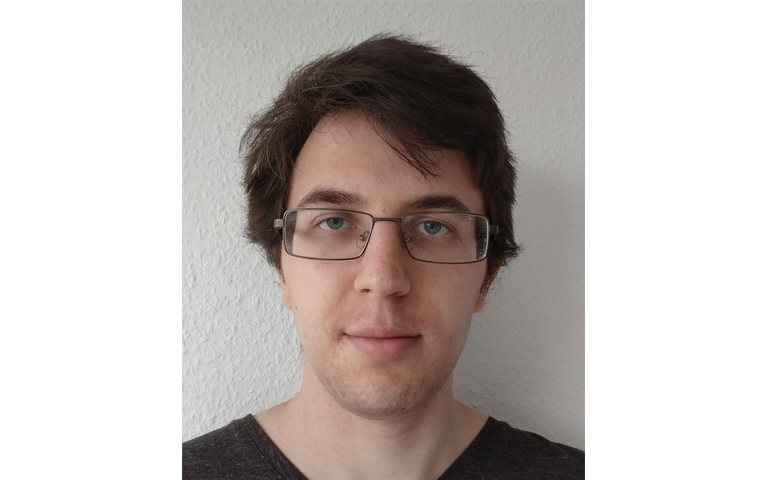Marin Mlinarevic
During my PhD I will be working on improving the sensitivity of the search for non-resonant pair production of Higgs bosons with the ATLAS experiment at the LHC

4 January 2020
Project title: Search for non-resonant pair production of Higgs bosons in the 4b final state in pp collisions with the ATLAS detector
Research Group: High Energy Physics
Supervisor(s): Prof Nikos Konstantinidis
Introduction:
I graduated from the University of Edinburgh with an MPhys degree. During my final year, I developed an interest in machine learning and for my MPhys project I worked on a graph neural network for track reconstruction for the Deep Underground Neutrino Experiment, which is under construction at the Sanford Underground Research Facility in the USA. The CDT programme allowed me to pursue my interest in both particle physics and machine learning as well as gain some experience working in industry. During my PhD I will be working on improving the sensitivity of the search for non-resonant pair production of Higgs bosons with the ATLAS experiment at the LHC using various machine learning techniques under the supervision of Nikos Konstantinidis.
Project description:
The non-resonant Higgs pair production process is sensitive to the trilinear Higgs self-interaction, so measuring its cross-section allows us to test the shape of the Higgs potential, which may have huge implications for our understanding of the workings of nature at the most fundamental level and the evolution of the early universe. Higgs bosons most commonly decay to b-quarks, but the search for this process suffers from a large background of multi-jet processes. Estimating it is the main challenge in the analysis and it is done using a fully data-driven neural-density estimation technique, which involves training a neural network to assign weights to events which are similar to the selection containing the signal in order to gain an estimate of the background in the signal region. There is potential to further improve the analysis sensitivity using various other machine learning applications. Some which I hope to explore are a graph-neural-network-based H→bb tagger and using the output of a classifier between signal and background as a discriminating variable for the fit used to set limits on the HH production cross-section.
First year group project: KageNova
Placement:
 Close
Close

